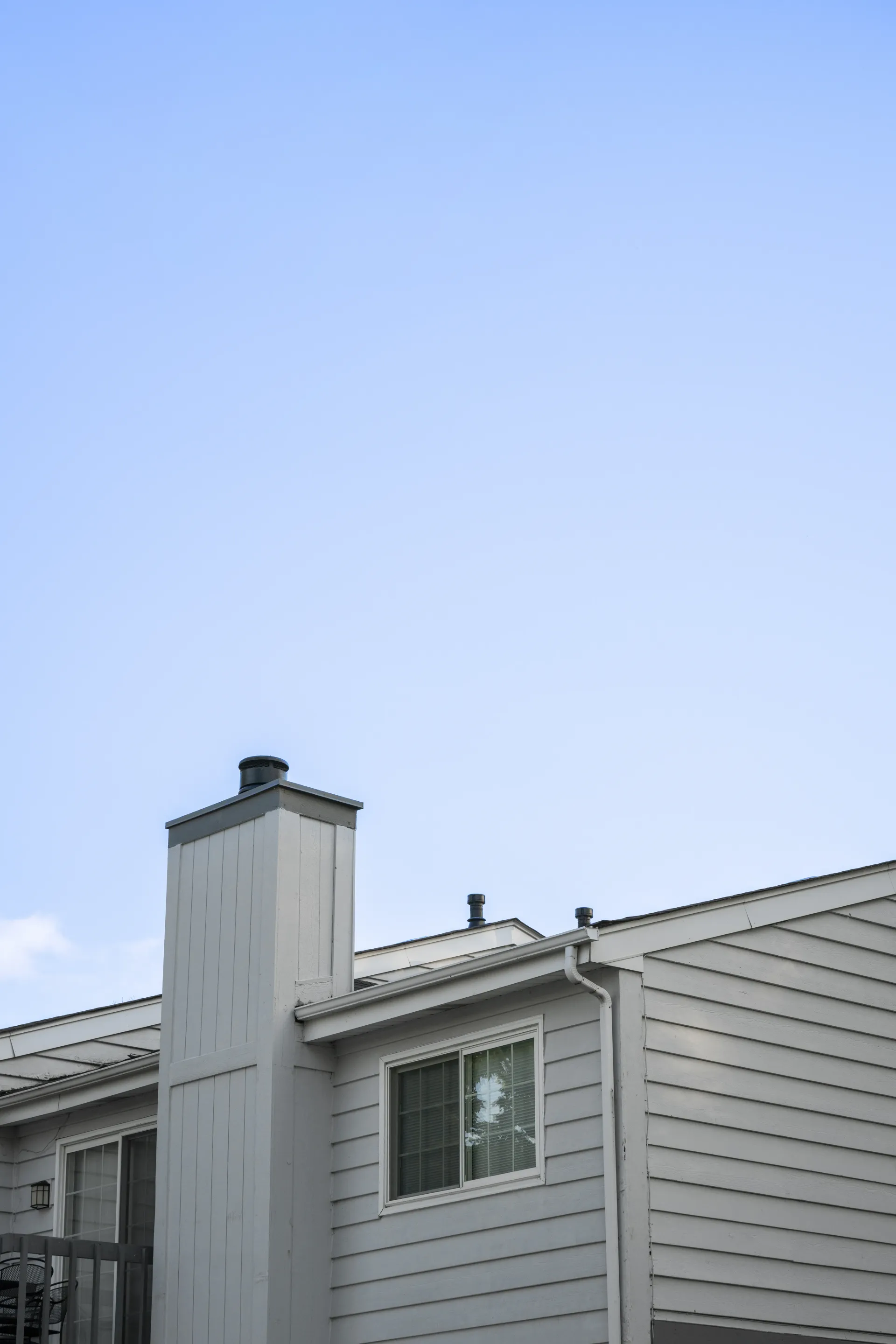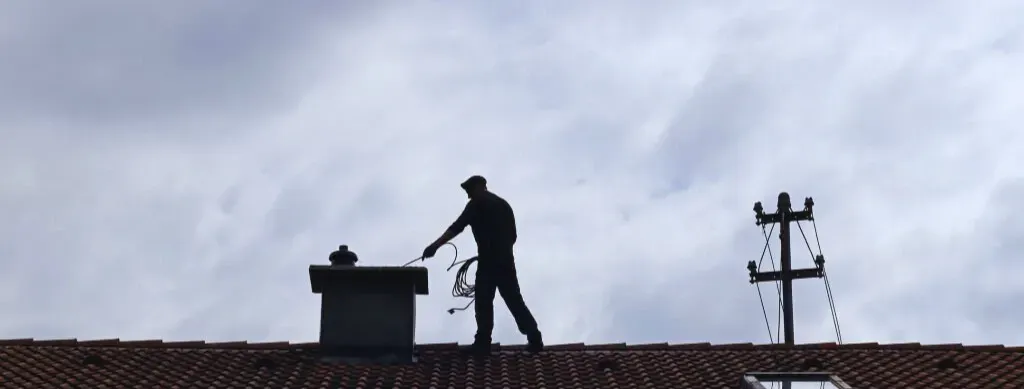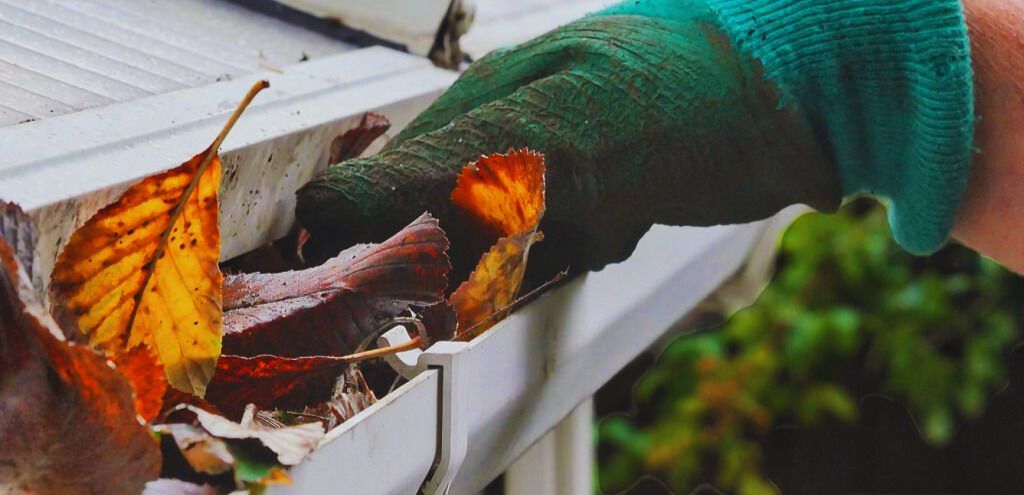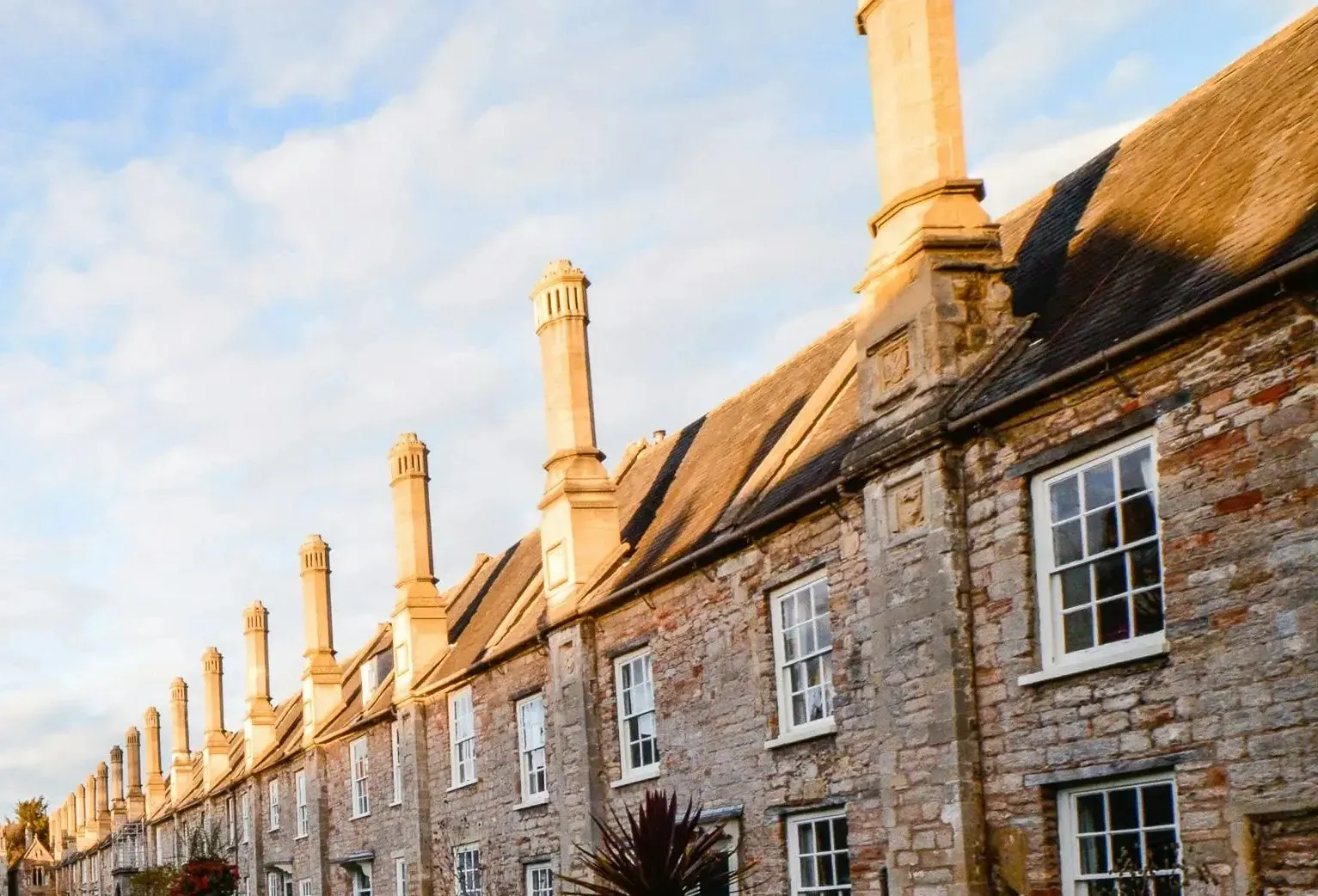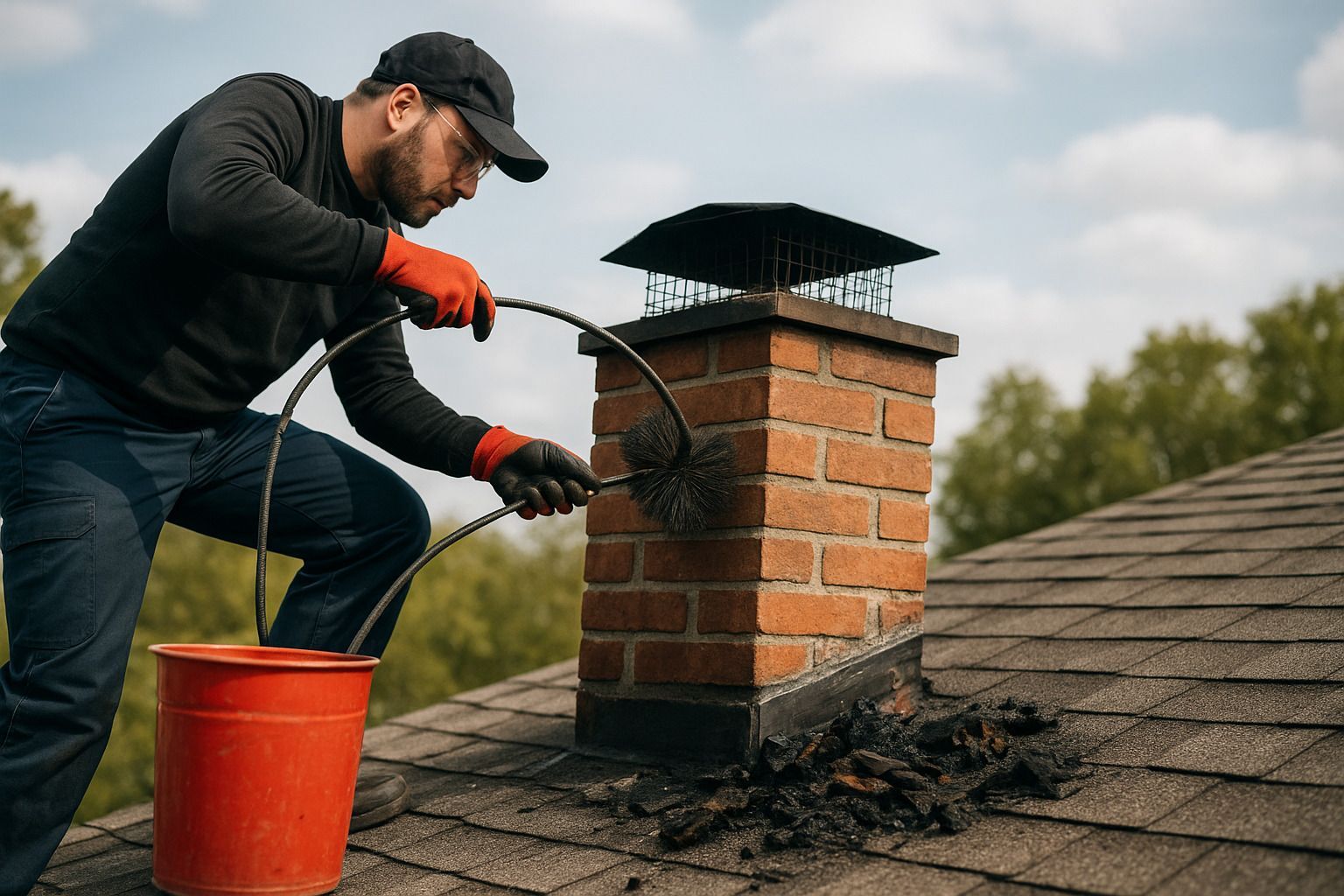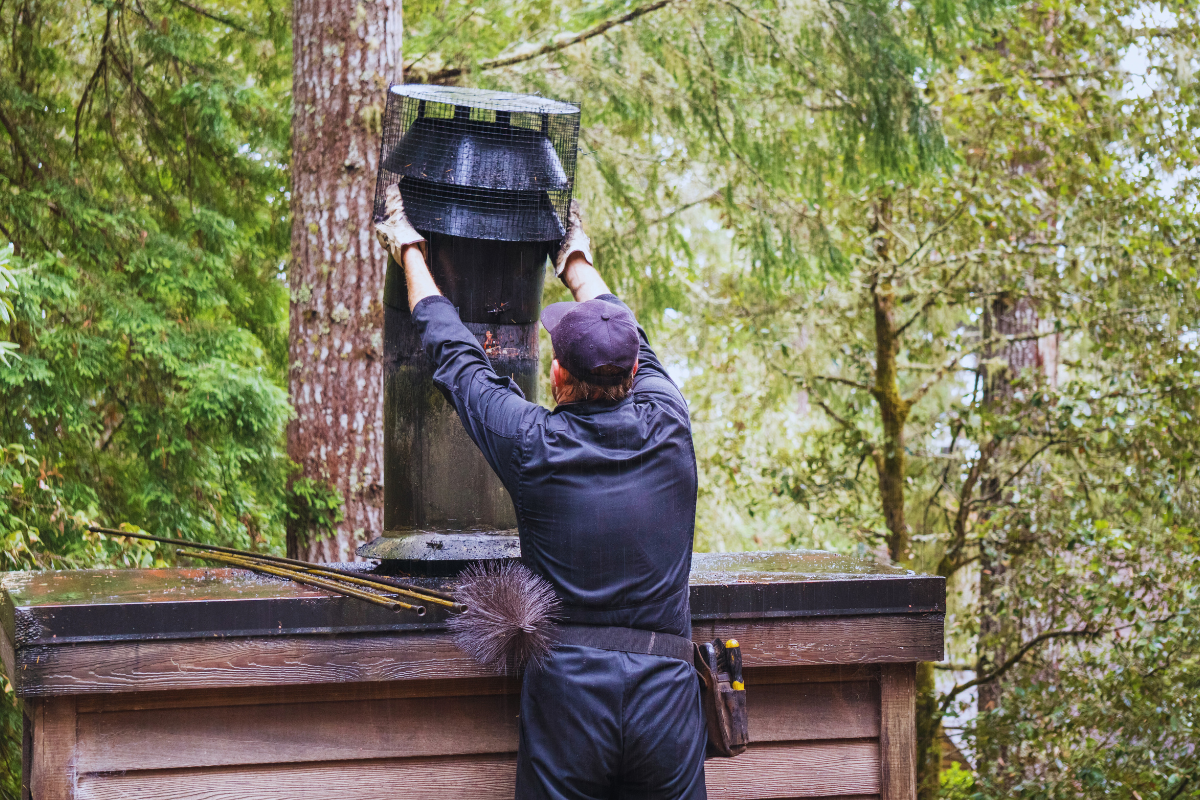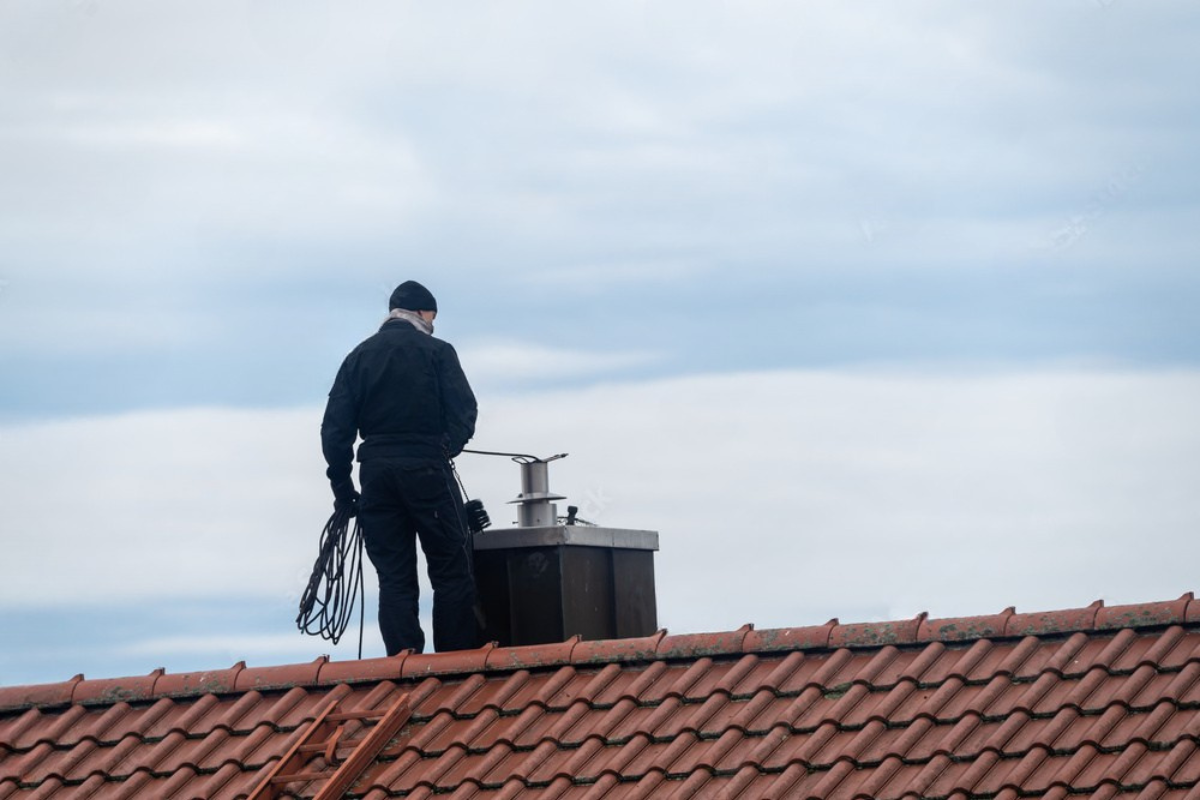Why Chimney Caps Matter: A Homeowner’s Essential Guide
A chimney might seem like a simple architectural feature, but it holds a complex system vital to your home’s health and safety. At the very top of that system is the chimney cap — often overlooked but arguably one of the most critical components. The humble chimney cap stands as a silent guardian, protecting your house from rain, snow, pests, fire hazards, and costly damage. In this comprehensive guide, we dive deep into the many reasons why chimney caps matter and why every homeowner should consider it a must-have.
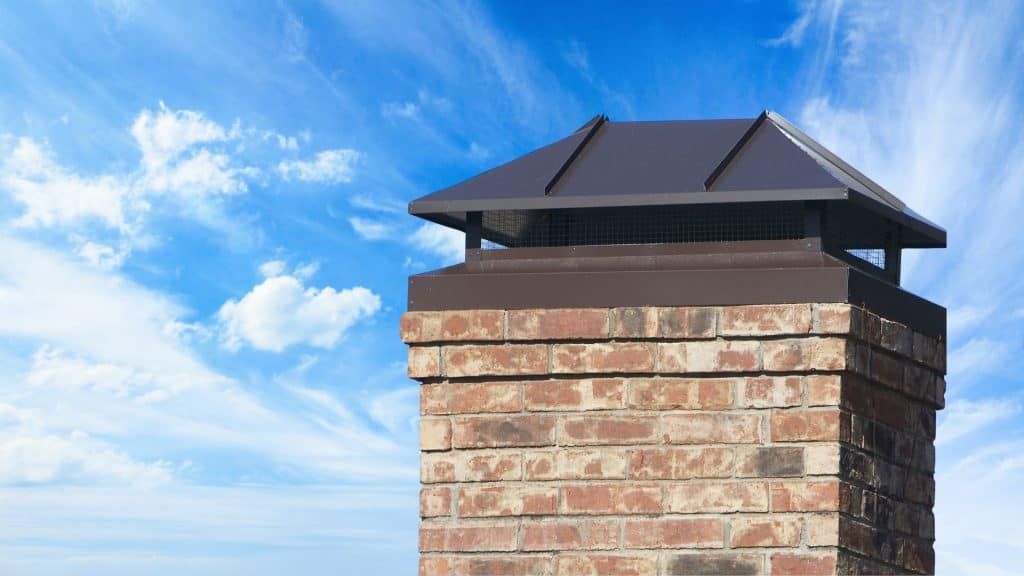
What Is a Chimney Cap?
A chimney cap is a protective covering placed on the very top of a chimney flue. Typically made from stainless steel, galvanized metal, or copper, chimney caps serve multiple functions that go beyond simple aesthetics. Think of it as a helmet for your chimney — it shields the opening from weather, critters, and debris, all while supporting optimal airflow.
Without a cap, your chimney is essentially a hole in your home, leaving it vulnerable to the elements. A cap keeps the bad out and allows the good — air and smoke — to exit safely.
Types of Chimney Caps: Stainless Steel, Copper, and More
When it comes to selecting the right chimney cap, material matters. Here's a breakdown:
Material Pros Cons
Stainless Steel Durable, rust-resistant Can be pricier upfront
Galvanized Steel Budget-friendly Prone to rust and corrosion
Copper Elegant, long-lasting Expensive and can oxidize green
Aluminum Lightweight Not suitable for high-heat areas
Each type caters to different budgets, climates, and aesthetic preferences. Stainless steel is often the go-to for longevity and performance.
How Chimney Caps Work to Protect Your Home
Chimney caps function by acting as a barrier. They have a flat or sloped cover that prevents rain and snow from entering. Additionally, mesh siding allows smoke to exit while preventing unwanted guests like birds or squirrels from entering.
Most designs include:
- A hood or top cover to block moisture
- Wire mesh for spark arresting and critter prevention
- Mounting hardware for secure attachment
These simple elements combine to form a multi-functional protector.
Chimney Caps vs. Rain, Snow, and Ice
Water is one of the most damaging forces your chimney can encounter. A cap acts like an umbrella, shielding the flue and masonry from direct water exposure. Without a cap, rainwater can seep down the flue, cause rusting of the damper and firebox, and weaken structural mortar over time.
During winter, melting snow inside an uncapped chimney can refreeze and cause cracks, contributing to chimney leaks or freeze-thaw damage. A cap helps maintain the structural integrity of your chimney year-round.
Keeping Animals Out of Your Chimney
Birds, raccoons, squirrels, and even bats find chimneys irresistible nesting spots. A mesh-screen chimney cap prevents these intrusions. Nesting debris can block airflow, cause dangerous carbon monoxide buildup, or lead to chimney fires.
Imagine preparing a warm fire only to discover a frantic bird trapped inside — an avoidable headache with a simple cap.
Chimney Caps and Spark Arrestors: A Fire Prevention Duo
In wildfire-prone regions or even dry suburban areas, escaping embers from an open flue can ignite rooftop debris or nearby brush. Chimney caps with integrated spark arrestors catch and contain sparks before they become threats.
Fire departments and insurance companies often recommend or require these caps as part of standard home safety.
Reducing Heat Loss with the Right Cap
An open flue is an energy leak. Heat escapes your home in winter, while warm outdoor air enters in summer. Chimney caps with top-sealing dampers help regulate airflow and insulate your home more effectively.
Energy-efficient chimney caps can lead to noticeable savings on heating and cooling bills over time.
How Chimney Caps Prevent Water Damage
Water damage doesn’t stop at rusted parts. Persistent moisture in a chimney system can cause:
- Crumbling mortar joints
- Mold growth
- Damaged liners
- Rotting wood framing
By deflecting water, chimney caps help protect not just the chimney itself but the surrounding parts of your home — ceilings, attics, and adjacent rooms.
Eliminating Smoky and Musty Smells
A common complaint from homeowners with uncapped chimneys is the unpleasant smell — especially after a storm or during humid weather. Rainwater and moisture encourage the growth of mildew and mold inside the flue, creating a pungent odor.
A chimney cap stops this at the source by keeping the interior dry and well-ventilated.
Protecting the Chimney Crown and Flue Tiles
Think of the chimney crown as the platform and the flue tiles as the arteries of your chimney. Both are vulnerable to weather and wildlife. Caps act as shields, preventing debris accumulation and ensuring your flue system stays unobstructed and damage-free.
Improving Draft and Airflow with Chimney Caps
Some chimney caps are engineered to improve airflow by minimizing downdrafts — gusts of wind that force smoke back into your home. Draft-enhancing caps help create a consistent upward pull of smoke and gases, making your fireplace more efficient and less smoky.
Enhancing Property Value with Chimney Upgrades
Real estate agents and home inspectors often look for details like chimney condition. A well-installed chimney cap signals proper maintenance, safety, and home value. It’s a low-cost improvement with high perceived value during a home sale.
Why Chimney Caps Matter in Winter vs. Summer
Winter demands moisture and animal protection. Summer brings risk of nesting and odor buildup. In both seasons, chimney caps are essential, adjusting to your home's environmental needs throughout the year.
Professional Installation vs. DIY
While DIY installation is possible with the right tools and safety equipment, hiring professionals ensures proper fitting and long-term durability. Certified technicians also inspect the chimney for damage or blockages during the install.
Looking for expert help? Schedule a Chimney Service today.
Top Indicators Your Chimney Needs a Cap
You may need a chimney cap if you notice:
- Water stains near the fireplace
- Foul or musty smells
- Animal noises or droppings in the flue
- Soot buildup or poor smoke ventilation
- Missing or visibly damaged cap
Don’t wait for visible damage — prevention is key.
Are Chimney Caps Required by Code or Insurers?
While building codes vary, many regions now require chimney caps for safety. Likewise, several insurance companies recommend or mandate them to reduce fire and water risks.
A chimney cap can even lower your home insurance premium in some cases — it’s worth a call to your provider.
Eco-Friendly Benefits of Chimney Caps
Modern chimney caps offer more than just protection. They support green living by:
- Enhancing energy efficiency
- Preventing moisture-related mold growth
- Reducing air pollution through improved ventilation
Plus, copper and stainless steel models are recyclable.
Importance of Regular Chimney Service
Routine inspections and maintenance ensure your chimney system, including the cap, works safely and efficiently. Chimney professionals check for:
- Creosote buildup
- Cap security and fit
- Draft problems
- Internal flue damage
Book a trusted Chimney Service at least once per year for peace of mind.
Do You Need a Chimney Cap in All Climates?
Yes — all climates bring unique threats. Wet areas demand moisture defense. Cold zones need freeze-thaw protection. Arid regions with wildfire risks benefit from spark arrestors. Even mild zones host birds and insects that love chimneys.
Every homeowner, regardless of location, gains value from a chimney cap.
Mesh Screens, Dampers, and Animal Guards
Chimney caps can be customized with add-ons:
- Mesh screens: Prevent pests and sparks
- Top-mount dampers: Improve insulation and airflow control
- Animal guards: Reinforced barriers for persistent wildlife
Talk to your installer about the best features for your home setup.
Common Misconceptions About Chimney Caps
Let’s bust a few myths:
- “Caps block smoke.” Not true — properly installed caps enhance ventilation.
- “They’re just for decoration.” Functional caps are engineered for performance.
- “Animals can’t get in anyway.” Uncapped chimneys are wildlife hotels.
- “Caps cause draft problems.” Draft-enhancing models solve airflow issues.
Understanding the facts helps homeowners make smart decisions.
Chimney Sweeps on Why Chimney Caps Matter
Professional sweeps often cite chimney caps as the number one defense against preventable chimney damage. They recommend caps for every system — wood-burning, gas, or pellet stoves alike.
Their advice? Don’t skip the cap — it’s one of the most affordable and essential upgrades you can make.
Frequently Asked Questions About Chimney Caps
Do all chimneys need a cap?
Yes. Every chimney type benefits from a properly fitted cap.
How long do chimney caps last?
Quality caps can last 10–20 years or more with minimal maintenance.
Can I install a chimney cap myself?
Yes, but professional installation is safer and ensures proper fit.
How often should I inspect my chimney cap?
At least twice per year — spring and fall are ideal.
Can chimney caps improve energy efficiency?
Absolutely. They prevent drafts and retain heated air.
What happens if I don’t use a chimney cap?
Expect moisture damage, pest problems, and higher repair bills.
Final Thoughts: Why Chimney Caps Are Non-Negotiable
Chimney caps aren’t just accessories — they are essential safeguards. From preventing fire hazards and water damage to keeping critters out and boosting energy efficiency, their value is immeasurable.
Every homeowner should prioritize this modest upgrade. Your roofline may look the same with or without one, but your home’s safety, integrity, and longevity won’t.
Need professional help choosing or installing the right chimney cap? Contact the experts today for a tailored solution.
Links:
